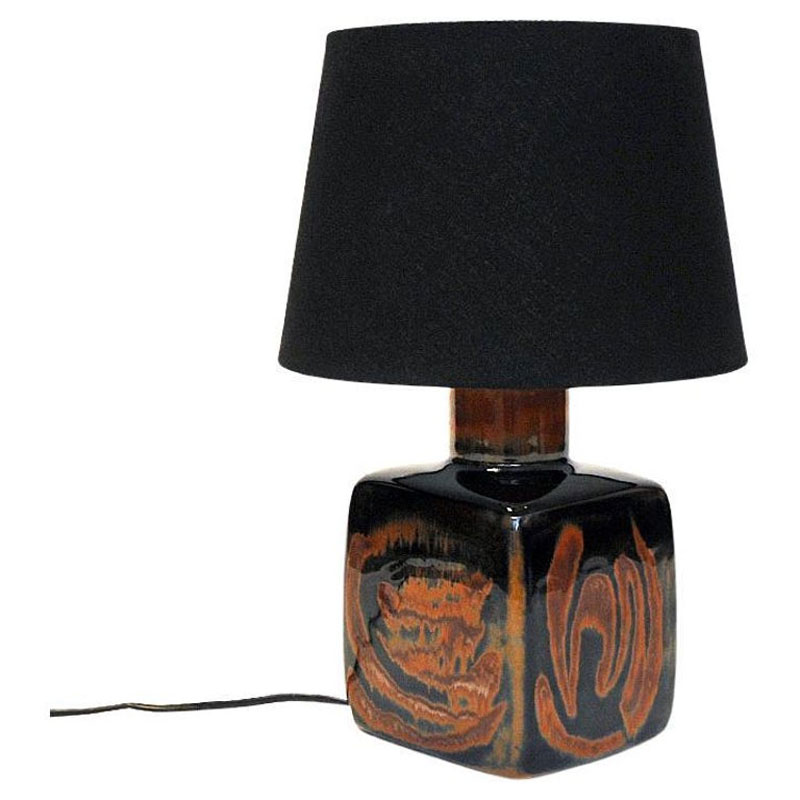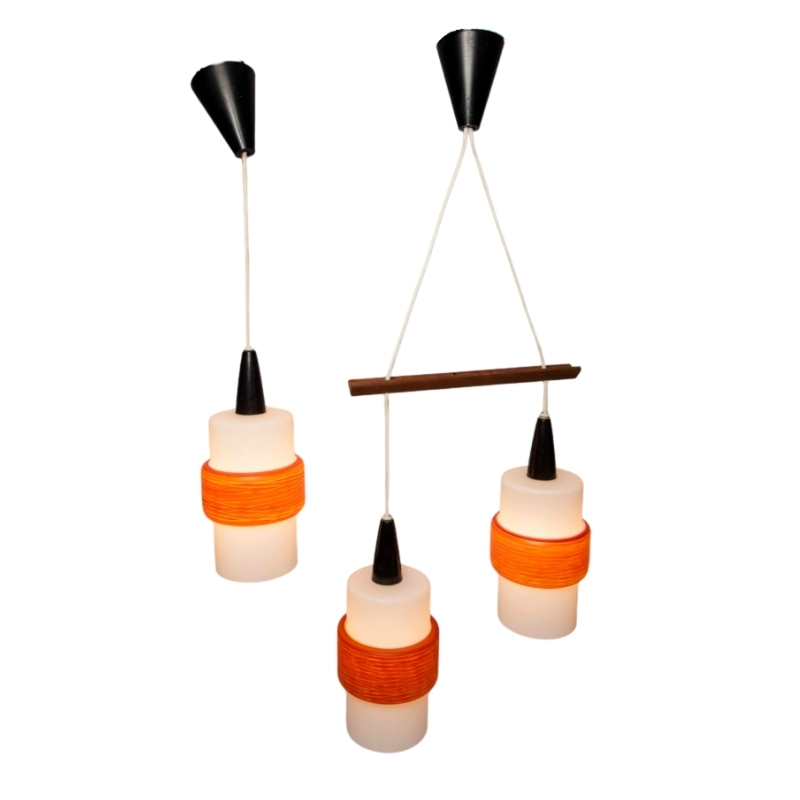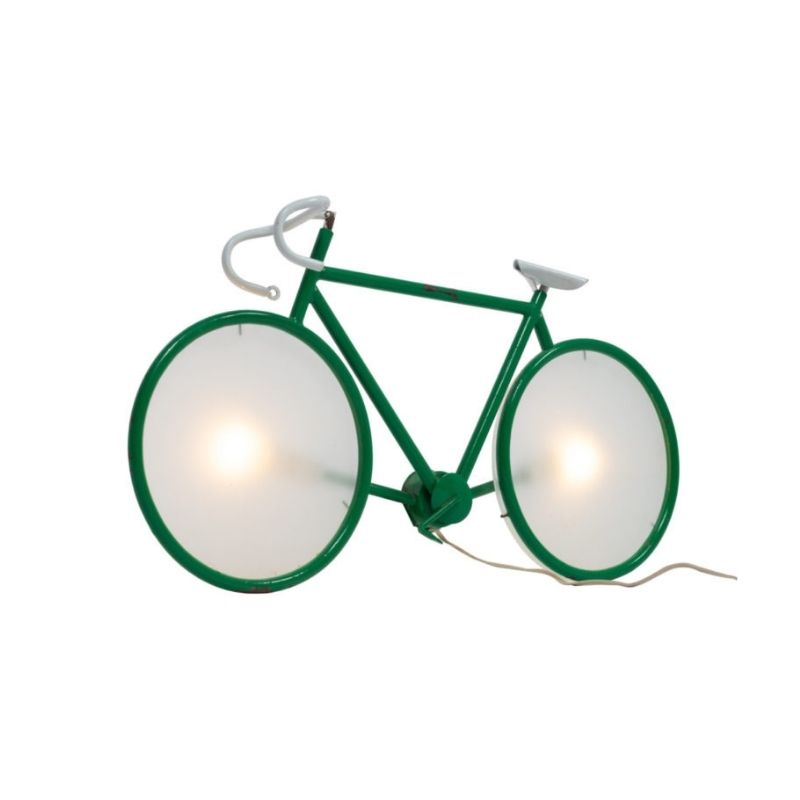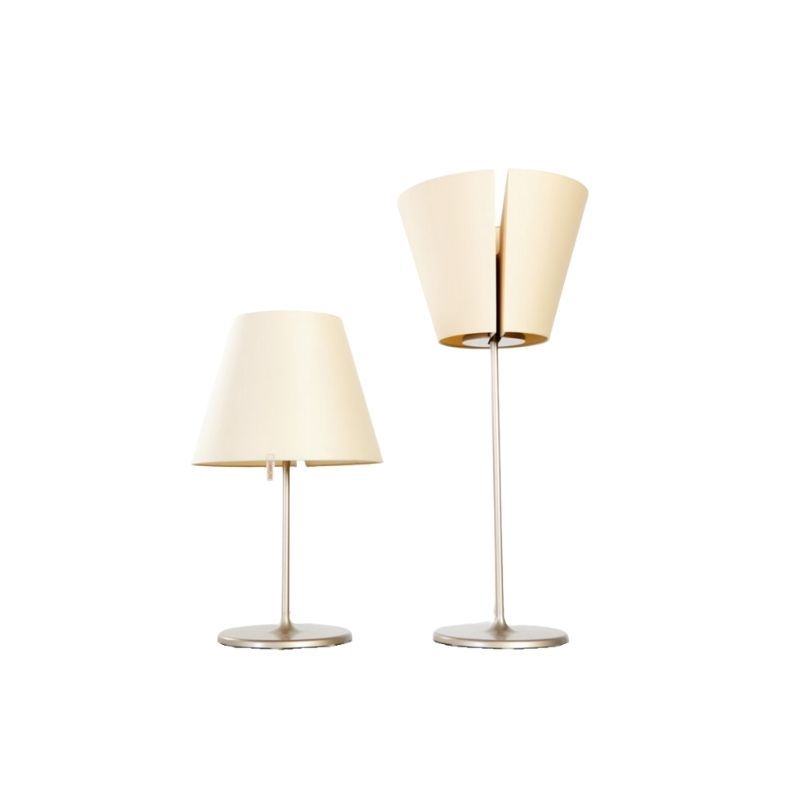I finally got around to dyeing some danish cord using black tea, steel wool, and white vinegar.
So far I haven't gotten black, but a very nice chocolate brown. But I am pretty certain that is because the tea wasn't very strong.
It is a very simple process (and cheap). I am going to try again on the second piece of cord in the photo with very strong tea today. If I have success, I will write up a mini-tutorial for anybody who might be interested

Tried again and got a darker brown
I think I need to find a more concentrated tannin source (quebracho bark powder?). Or perhaps soak the cord in tea for longer.
Let me clarify the process, in it's as yet imperfect state (unless you want chocolate brown cord):
1. use vinegar and steel wool to make iron acetate mordant:
a. unroll 0000 steel wool, and wash it with soap to remove all the oil
b. stick it in a quart jar
c. pour plain white vinegar into the jar, enough to cover the steel wool, about 3/4 full
d. cap loosely, and let it sit outside in the shade for 24 to 48 hours
e. strain out the solids and return it to the jar
2. steep strong black tea, I used 5 english breakfast black tea bags in 2 quarts of water.
3. soak the cord in the black tea. I soaked it for about an hour. I probably should have soaked it for longer.
4. dry the cord.
5. soak the cord in the iron acetate mordant. I probably soaked it for an hour again.
6. dry the cord.
The result so far: dark brown cord. And it isn't swollen larger than it was to start with (Or if it is, you'd need a microscope to tell the difference). I cut the cord and it isn't stained all the way through, but this should be a function of the soaking time, so I should just need to increase the soaking time.
Another thing perhaps to try would be soaking the cord in mordant first, then a tannin bath.
How do tannins affect
paper over time? I know that black dyes used long ago eventually broke down cotton fibers, which are cellulose like paper. I thought it was due to tannins in the dye but it's been awhile and I could be remembering wrong. Tea is a popular home dye to give fabric an antique look but I have never seen it used as a black dye.
Aniline dye is good for wood, and thus, paper, and would yield a good black. I think I mentioned that in the other thread but as long as we're having this discussion here, I thought I'd repeat myself.
I tried the steel wool in vinegar thing a few years ago when I was trying to ebonize a walnut chair but gave up. It just made the chair more green. Then later I read somewhere that iron works way better than steel, but I had already moved on to India ink at that point.
Spanky:
Don't know how tannins affect cellulose over time. If tannin does degrade cellulose it would be interesting to know why oak doesn't self degrade with time from the tannins.
Aniline dye would almost certainly work. But then I'd have to drive over to the specialty wood-working store and buy it. And I currently have the ingredients to try the tannin and iron technique.
As to ebonizing wood with iron acetate: I can attest to the fact that it does work on red oak, unsurprisingly, due to the high tannin content of the wood. I just ebonized some oak transition strips to go from my new black slate floor to the the dining rooms original red oak floor. One came out deep, deep black. One a little lighter black, and one a ruddy black. I wiped on some black tea and they are all now very black. Very good looking.
Hmm, good question about
tannins and oak trees. Maybe it was black ink that ate away at the cotton cloth. I got rid of my book on antique textiles awhile back and I can't find anything on it on the internet in the space of a minute or two (what, it's late!). I have seen old fabrics where black printed motifs became perfect little motif-shaped holes. It is very odd.
Whatever, paper cord is tough stuff, it can probably handle whatever you throw at it as long as it's a one time deal.
Heath, yes, that was my India-inked chair. I've done a few more since and love the technique. Speedball permanent ink is my current favorite brand. The one that I first used was something I had sitting around and it must not have been permanent (which just has shellac added) because it continued to rub off a bit for weeks after it had dried. The Speedball brand permanent ink really is permanent. I wonder how it would do on paper cord??
.
Would do well I think, isn't black printers inks soy based now? Was it true black with the ink or indigo? Just from memory should something called a mordant be applied to the cord prior?
Australian hardwoods can have very high tannin content but the result just didn't satisfy and black japan was just blah.
.
Your wire wool needs to sit in the vinegar much longer, not necessarily stronger tea. You could cut the wool to break up the fibers. (a coating is sometimes applied to keep it from rusting i have found).
I have a few batches at various strengths. One batch must be around 5 yrs old.
Just the vinegar/steel wool. Only adding tea when needing the stain. (it will start to mold and rot within a few days otherwise)
Having said that, did i not do a series of tests last year?
Aniline, (trans-tint), various india inks, (i have a few), etc.
I'll have to check my flat files. I usually save all samples with detailed notes.
.
What i do remember is that permanent ink is by far the best solution as spank found out. (can i call you spank, haha)
I do not think you will ever get a deep true black using the wire wool/vinegar/tea.
It also may hold onto microscopic rust particles without a good sealer and cause any light clothing to turn orange with minor 'sweaty butt' in hot weather.
leif. I use at least a dozen tea bags in just a small pint of boiling water. A box of 48 in a 1/2 gallon. You can really kick it with a cup of iron sulfate, found in your garden center. Still not sure if you will get true black on cord.
Permanent ink is instant dark rich black even diluted.
It's not just the tannins
You need to be more concerned about the iron ions and acidity which will degrade the paper. The dye recipes being described here are based on those for iron gall ink.
Iron gall ink was used extensively in the past and over time causes iron gall ink corrosion resulting in very brittle paper as the acidity and iron ions break the cellulose chains in paper. I don't know how long it would take to degrade Danish paper cord but I wouldn't recommend it's use for dying paper cord as it would probably shorten its life span.
Iron gall ink is made using oak gall ( oak apples) crushed to provide the tannins and mixed with iron (ll) sulphate otherwise known as vitriol, plus acid from wine or vinegar. If you dont have iron sulphate any source of iron will do as it will dissolve in the acid. For writing a binder could be added such as gum Arabic. Lots of info on google if you search for iron gall ink and info on the degradation effects on paper. Iron gall ink corrosion is a major conservation problem for libraries and archives.
Sorry to jump on what is obviously a very old thread... but after spending hours scouring the interwebs I don't really have a clear answer and this was the only place that mentions what I'm looking for!!
If someone could give me some advice that would be amazing. I've purchased two secondhand chairs made with danish cord that have faded incredibly from sun damage (I live in Australia). They were black and have faded (pretty evenly I must say) to a light gray, except for where the previous owner had cushions on the chair. I'm confident spruicing up the timber frame but have no experience with the cord. I would love to get them back to black if at all possible, but they probably need a bit of cleaning first. Can anyone shed some light on how I might do this? Am I correct in reading above that a dye would work (I have pretty easy access to Rit)?
Thanks in advance, if anyone reads this!
If you need any help, please contact us at – info@designaddict.com









